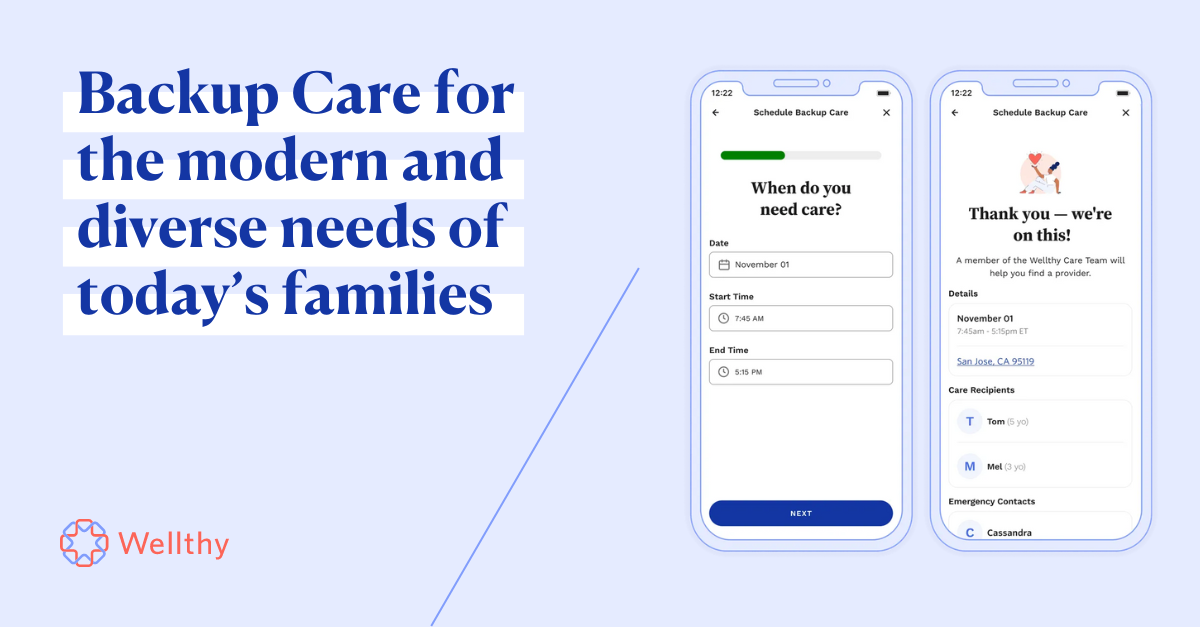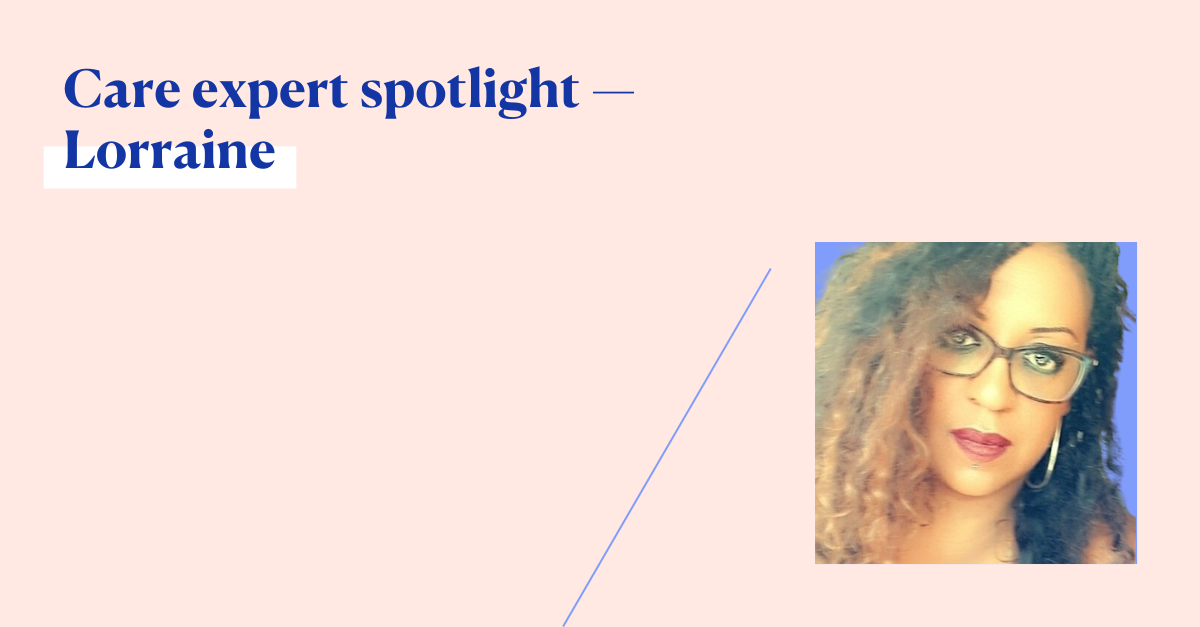Ten years ago, Eileen Bonney was living an all-too-common experience: managing a job working in clinical research — while also serving as an informal caregiver for her grandparents.
Despite the work she did every day for her grandparents, Eileen did not think of herself as a “caregiver.”
“I was just a granddaughter living with her grandparents,” said Bonney, now Wellthy’s VP of Client Success, during our recent webinar on creating a work environment that supports caregivers.
Eileen’s situation points towards the puzzle at the heart of the caregiving crisis: most working people have caregiving responsibilities, but many do not identify as caregivers. For those that do, many are uncomfortable talking about care at the office.
This stigma creates burnout – and creating work environments that support caregivers is an important first step to fight against it. Companies can support caregivers by offering Wellthy, but there are also vital cultural and administrative steps that can help caregivers thrive in the office.
At Wellthy, we’re obsessed with helping employers and employees create inclusive spaces for caregivers, not only because supporting caregiving is the heart of our mission, but because so many of us are caregivers ourselves. This obsession has allowed us to create a unique culture around caregiving, and there are many steps that we’ve taken that any company can follow.
First, truly supporting caregivers requires a cohesive, company-wide approach. It starts with creating a culture that supports caregivers and celebrates care – and this can come from the very top of the company.
“One thing our leadership team does really well is modeling that it's okay to block time on your calendar if you have caregiving responsibilities, if you have to drop the kids off at school in the morning, or if you have to go visit your parents late in the afternoon,” said Wellthy People Manager, Samantha Kamper.
This kind of change requires open dialogue across the company, whether it is in communications from the top management, discussions between managers and the people they supervise, or even in peer-to-peer conversations. Affinity groups and ERGs can be powerful tools to create a comfortable, informal environment where people feel comfortable discussing their care responsibilities.
“It helps create a sense of belonging,” Alexander Newbold, Wellthy’s Chief Administrative Officer said. “The organization can create the support, these additional benefits, and is an opportunity for peers to support one another and connect on a level beyond work.”
Also important: companies need to be creative and innovative in the benefits that they offer to support caregivers. This can include financial support for care, caregiving leave, or even company-wide self-care days that allow caregivers to take the time they need to refocus on themselves and their families without falling behind at work.
During the webinar both Alex and Tasha Gaskins, Wellthy’s Director of Care, emphasized the importance of flexibility and feedback in making caregivers comfortable balancing work and care. Caregiving is incredibly common, but no two care journeys are exactly the same, and it is important for managers to give caregivers flexibility and to adjust benefits so that employees are getting the support they truly need.
“We constantly ask for feedback in a variety of ways,” Tasha said. “We're constantly trying to navigate and figure out the best way to support our team. We want to make sure that it's really individualized, because what works for one might not work for another.”
To be able to collect and implement this kind of feedback, employers need to make sure that managers are equipped and have the resources they need to have the conversations that will create a caregiver-friendly workplace.
“There's an emphasis that I continue to hear and continue to see on managers – people managers, store managers, general managers – often being the first lines of defense for these situations,” Eileen said. “I think we have to arm them with the right resources, talking points, to be able to have those conversations with their colleagues.”
November is National Family Caregivers Month, and there is no better time to start creating a caregiver-friendly workplace. You can access the full archived webinar to gain more key insights on culture and benefits to support caregivers. And you can download our toolkit, which contains a guide to starting conversations about caregiving in your workplace.







